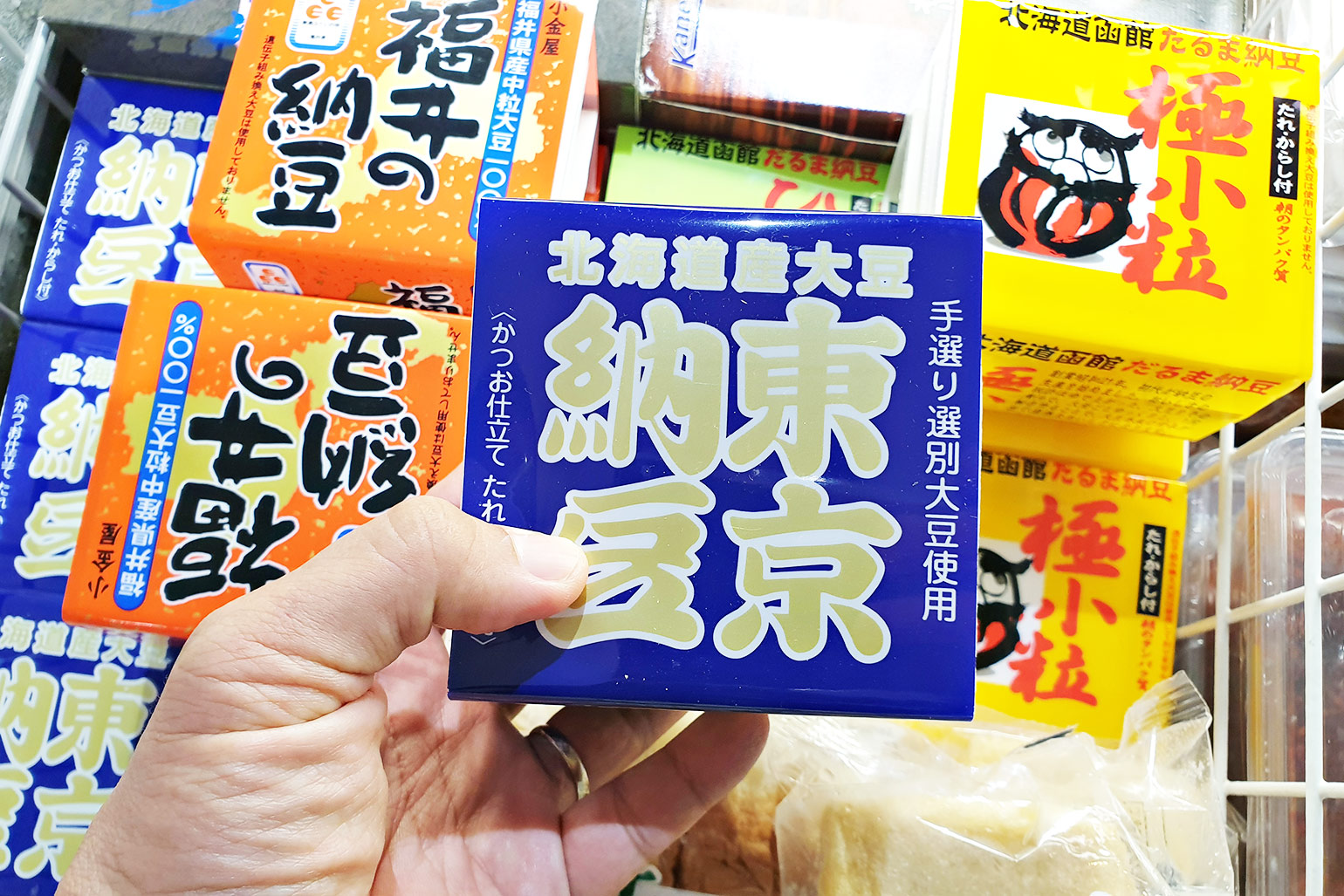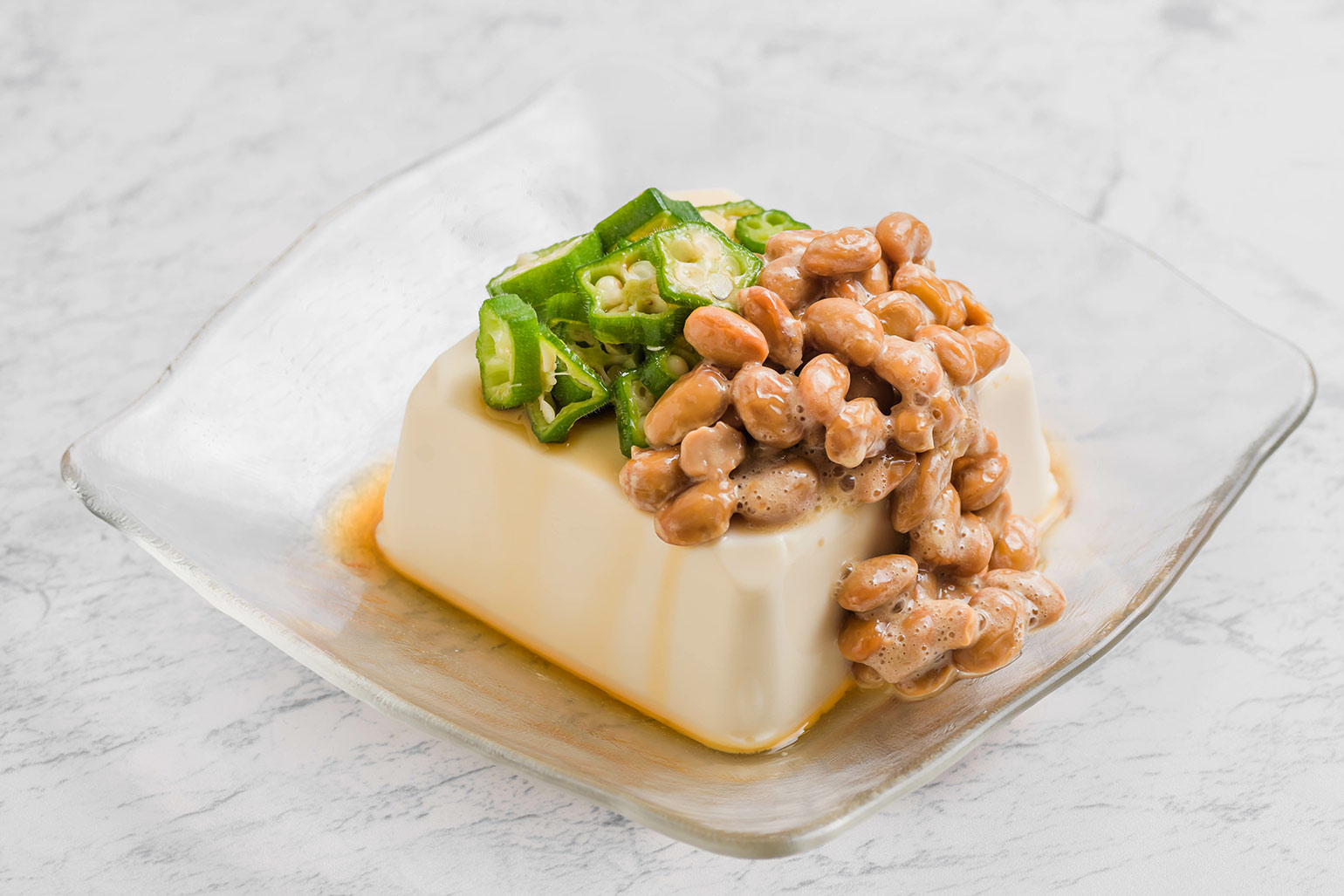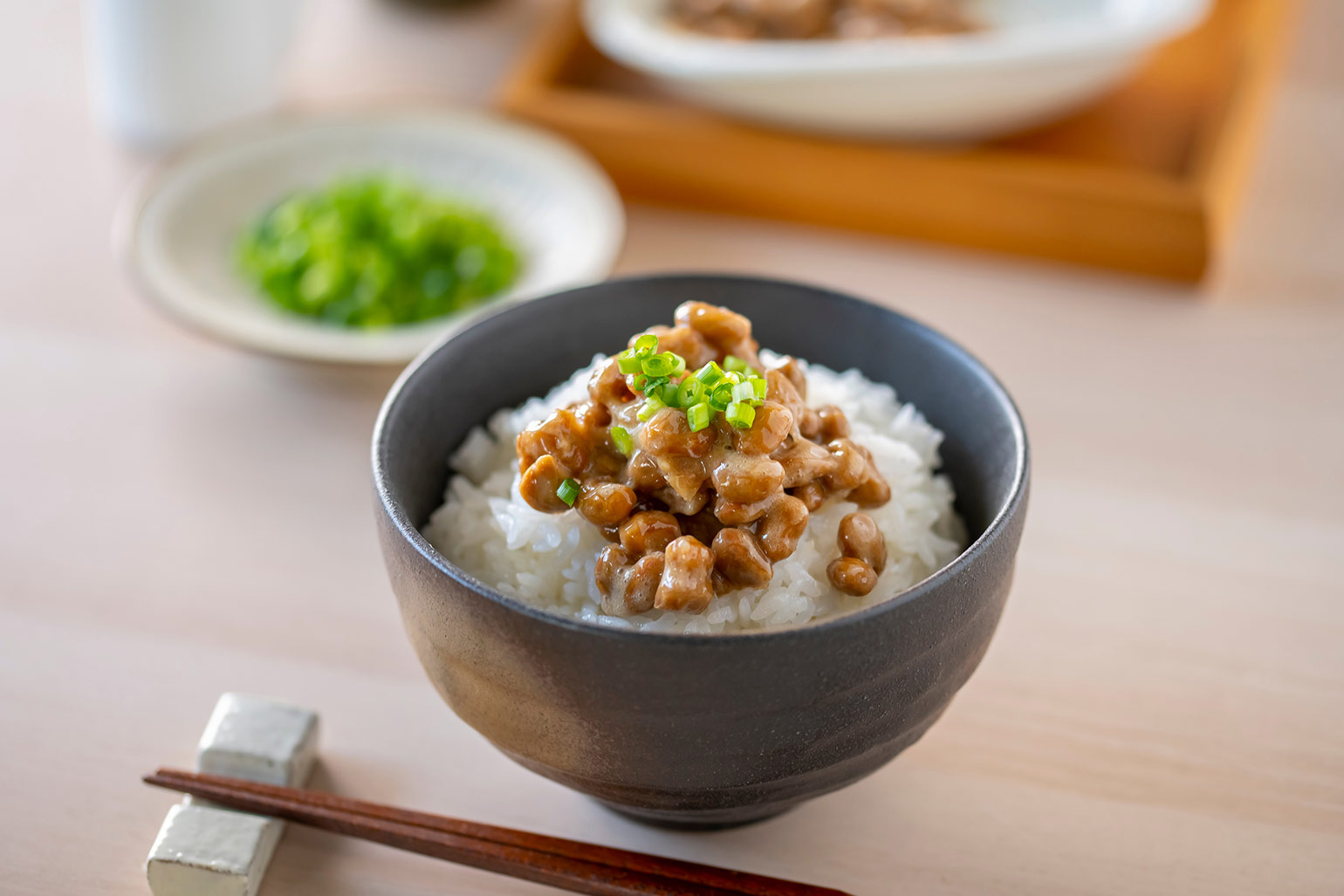There are so many fermented foods in many countries and regions of the world, aren’t there? One of the fermented foods produced commonly in the world around might be alcohol. Of course, there are many different circumstances, triggers, reasons, or ways in which it was created. There are also many different ingredients, flavors, and appearances, but the one factor that they all have in common is that people from all over the world loved this fermented food. We don’t know if they all liked the flavors, the looks, and everything else about them. However, at least the majority of people liked this “alcohol” as a drink, right? And they passed on their methods of production to future generations, who devised various ways to make them… Of all the fermented foods, alcoholic beverages might be the most suited to the tastes of people around the world. Fermented foods are often unique in flavor and appearance. So, we can find in the fermented foods produced in various countries and regions of the world, a tendency of “taste” that is unique to the people of each culture. Therefore, the more we learn about them, the more interesting they are. Oh, except that we may or may not like each of them…

In Japan, soybeans are one of the crops that have been cultivated since more than BC.1000 years ago. Like rice, it has a very long history. We’re sure that our ancestors in the past must have gone through a lot of trial and error in order to cook it, such as baking, boiling, mashing, kneading, and so on. Now, we would like to focus on “Natto”, a typical Japanese fermented food made from soybeans. As you may know, we don’t really know the origin of “Natto”… Was it created in Japan? Or was it introduced via the continent? We’re not quite sure. However, this “Natto”… O-Oh, well… It might be better to say “Natto-like food” or the ingredients made from fermented soybeans. As a matter of fact, foods similar to “Natto” have existed in countries and regions other than Japan for a long time. It has been eaten since ancient times in East Asia, Southeast Asia, and Africa. The “Natto-like” products in each region were probably originally created by accident. Someone was brave enough or curious enough to try the fermented food, which happened to be good enough to eat… And someone with a certain “discerning” palate thought it was “delicious”… Umm… Maybe it was more just a simple “this is edible” they thought…「(゚Д゚;) Well… We guess that’s how the food culture of eating “Natto-like food” or “fermented beans” was born in various parts of the world. In Japan, it is said that “natto-like food” have probably been eaten since BC. However, it is widely accepted that the origin of today’s commonly eaten “Natto” came from the continent. It is called “Touchi”, which has been eaten in China since ancient times. “Touchi” is well known as a seasoning for Chinese cuisine. It was more similar to “Miso” than “Natto” as we know it today, and this “Touchi” was introduced to Japan around the 8th century. At that time, it was considered a very expensive food and was known only among the upper class. It seems that this “Touchi” was used as the basis for the research of “Natto-like food” in Japan. We’d like to make a note… “Natto” is made by fermenting soybeans with natto bacillus. Therefore, “Touchi” and other “natto-like food” found in various countries or regions overseas are different from “Natto”. When and where the natto bacillus, which gave birth to today’s natto, was discovered is a mystery. It wasn’t until Japan changed from a noble society to a samurai society that “natto-like food” became known to the general public as foodstuffs. At that time, this “natto-like food” was called “Itohiki natto”, which was gooey and string-like, just like today’s “Natto”. It is considered that this “Itohiki natto” became an everyday food, which is why it is commonly called “Natto”. As long as having the natto bacillus, everyone could make natto at home. As a result, people began to make and eat homemade natto at home and sell them to the general public. Well… It seems that the qualities of the works were really not very good… It seems to have lacked stability as a product to be handled in commerce. After all, freshness and safety were important for food products. However, since the Edo period (1603-1868), “Natto” has become a familiar food to the common people in Japan.

This is an overview of the history of “Natto” in Japan. Well, it was a pretty rough explanation. In fact, it is only recently that it has become an everyday food throughout the country in Japan. It was after World War II. In the eastern part of Japan, it was eaten regularly before the World War II, mainly in urban areas and surrounding areas, but in the western part of Japan, it was relatively uneaten. Apparently, the people in the western part of Japan did not like it very much. But after the war, there were food shortages all over the country. Therefore, “Natto” was a very valuable nutritional food. Later, with the development of refrigeration and transportation technologies, it was only in recent years that “Natto” products were finally distributed nationwide. In addition of that, the fact that it has become known as a very healthy food has also led to it becoming a regular food throughout the country. Due to its unique smell and gooey texture, it is a food that even Japanese people are divided in their likes and dislikes. Of course, there are many people who like that smell and gooey texture, it is true. Probably, “Natto” has a credibility as a health food that far surpasses such negative factors. In recent years, the consumption of “Natto” products in Japan has been on the rise. There are so many types of products on the market. There is a wide variety of products, from those manufactured by major manufacturers to local products manufactured in various regions of Japan. Some of them are focused on reducing smells and improving eating texture. Some with ingenious seasonings. There are also some products that have enhanced their functions as health foods by strengthening nutrition or devising fermentation methods, etc. If you are in the food section of a supermarket, look for them. You’d be surprised.
How to eat “Natto”


It is usually eaten as is, mixed with condiments (such as green onions, shiso, nori, etc.) and seasonings (such as soy sauce or dashi-sauce). It is often eaten with rice (or on top of rice). These are probably the best ways to enjoy the flavor and texture of “Natto” as it is. In the early days when the above-mentioned “Itohiki natto” became popular, they were mainly eaten in a soup called “Natto-Jiru”. It is said that it was not until the Edo period that it became standard to eat it as a side dish with rice. Nowadays, “Natto” is often used as a topping for a variety of dishes. It’s used in both Japanese and Western dishes. Probably… Considering that the original “Touchi” was used as a seasoning, there is no problem in using “Natto” as a type of seasoning. Pizza, toast, okonomiyaki, omelets, curry and rice, salads. Noodle dishes such as soba, udon, and pasta. You can also find it in sushi and rice bowls dishes. However, it is not often used as an ingredient in stewed dishes. The reason is simple: the whole dish, including the other ingredients, becomes “NATTOOOOO!!” we guess… After all, that very distinctive smell and gooey eating texture may not be to everyone’s taste. It can be called a “delicacy”… There are people who say this is their favorite food, it is true. So… At any rate, if you haven’t experienced “Natto” or are interested in “Natto” products, please try them at least once. Because maybe, just maybe, you will…?




